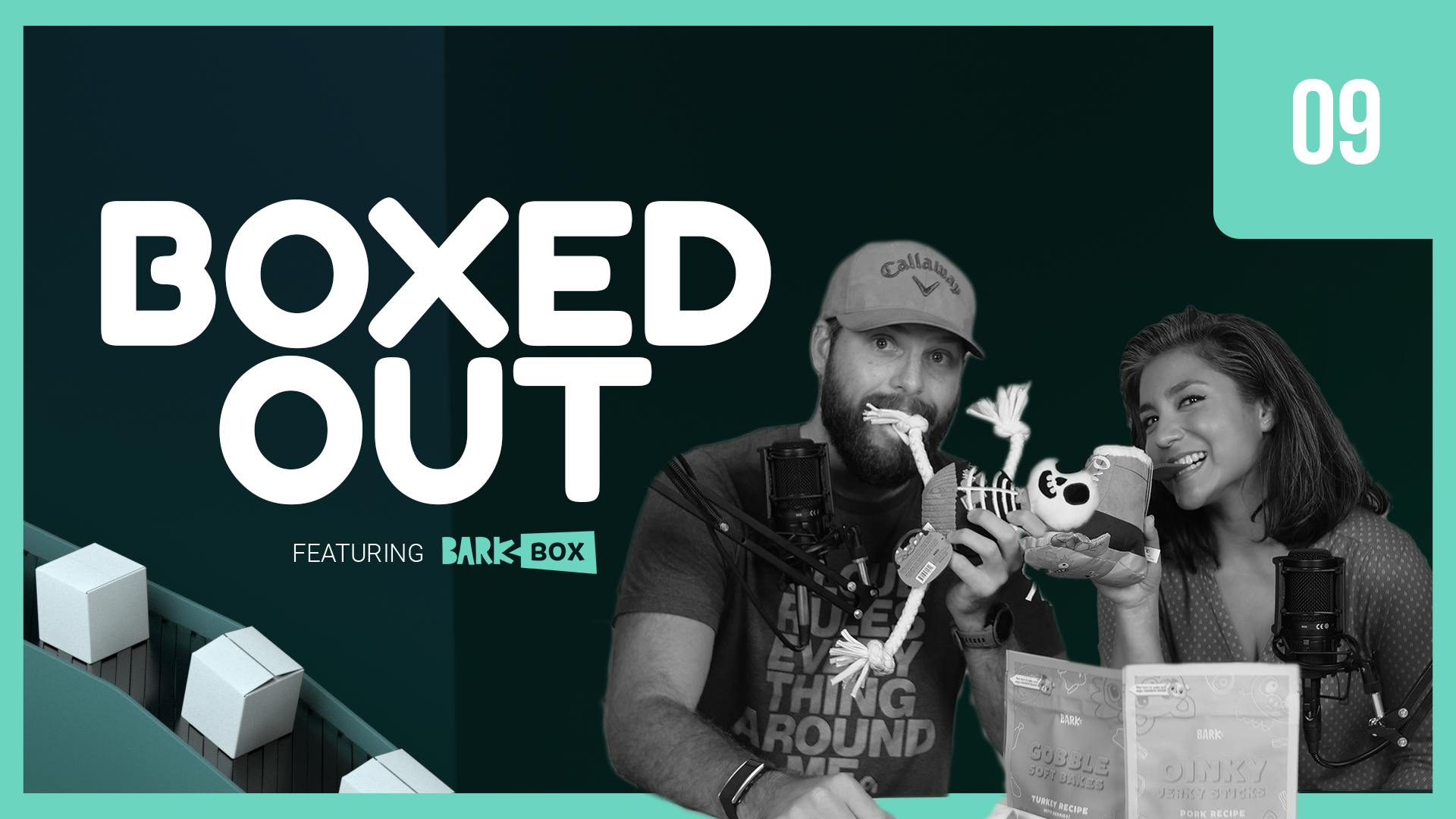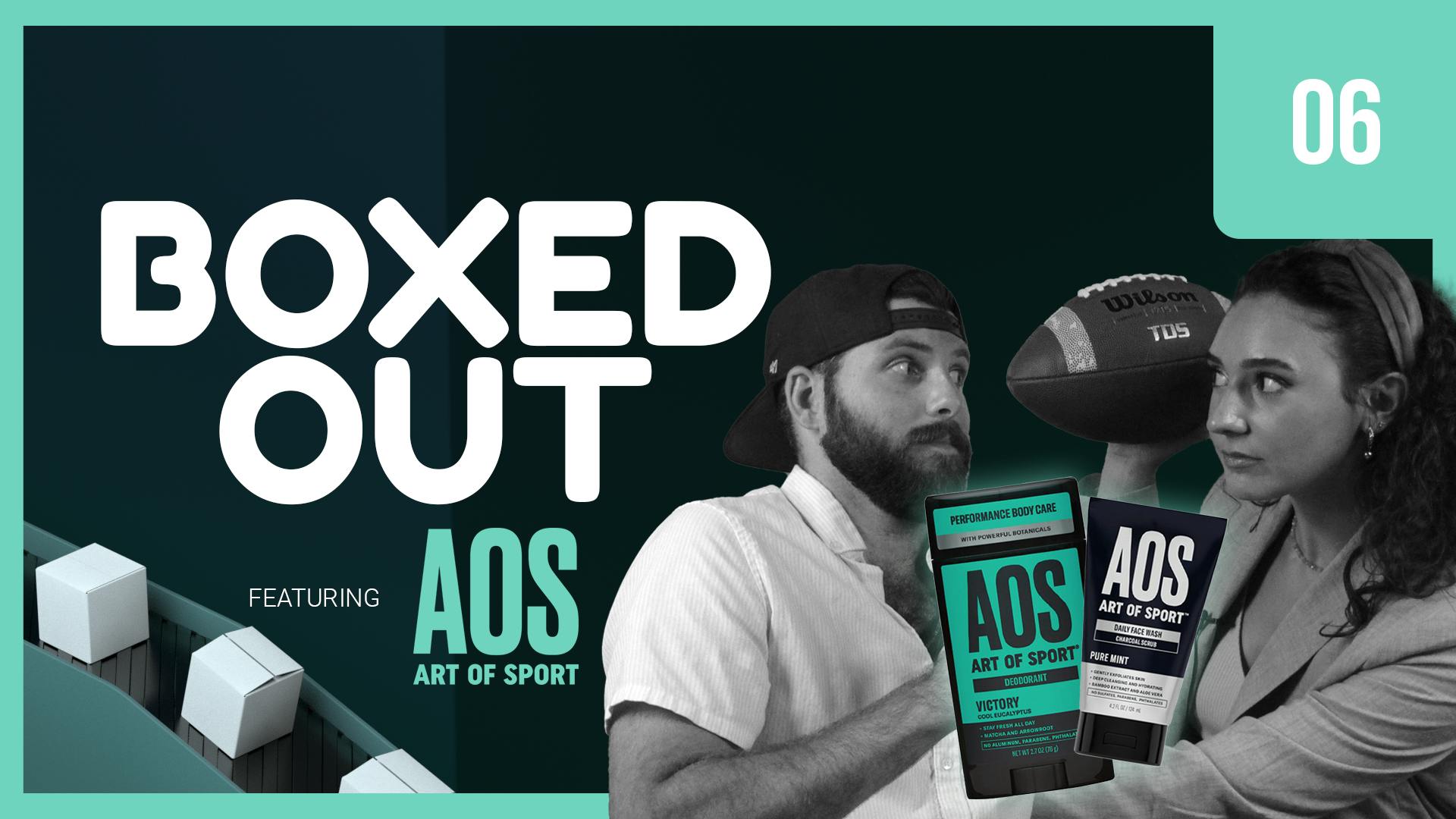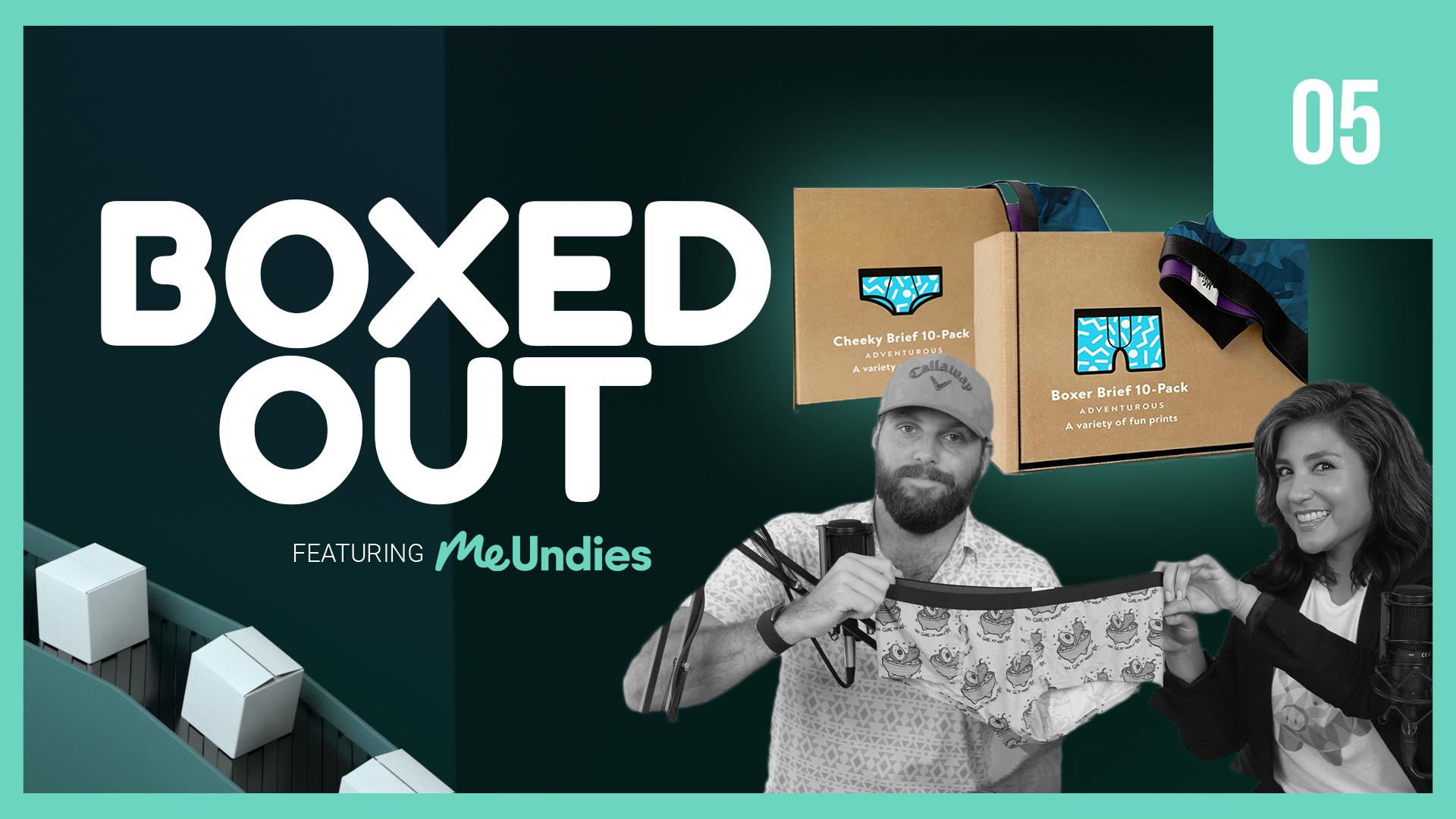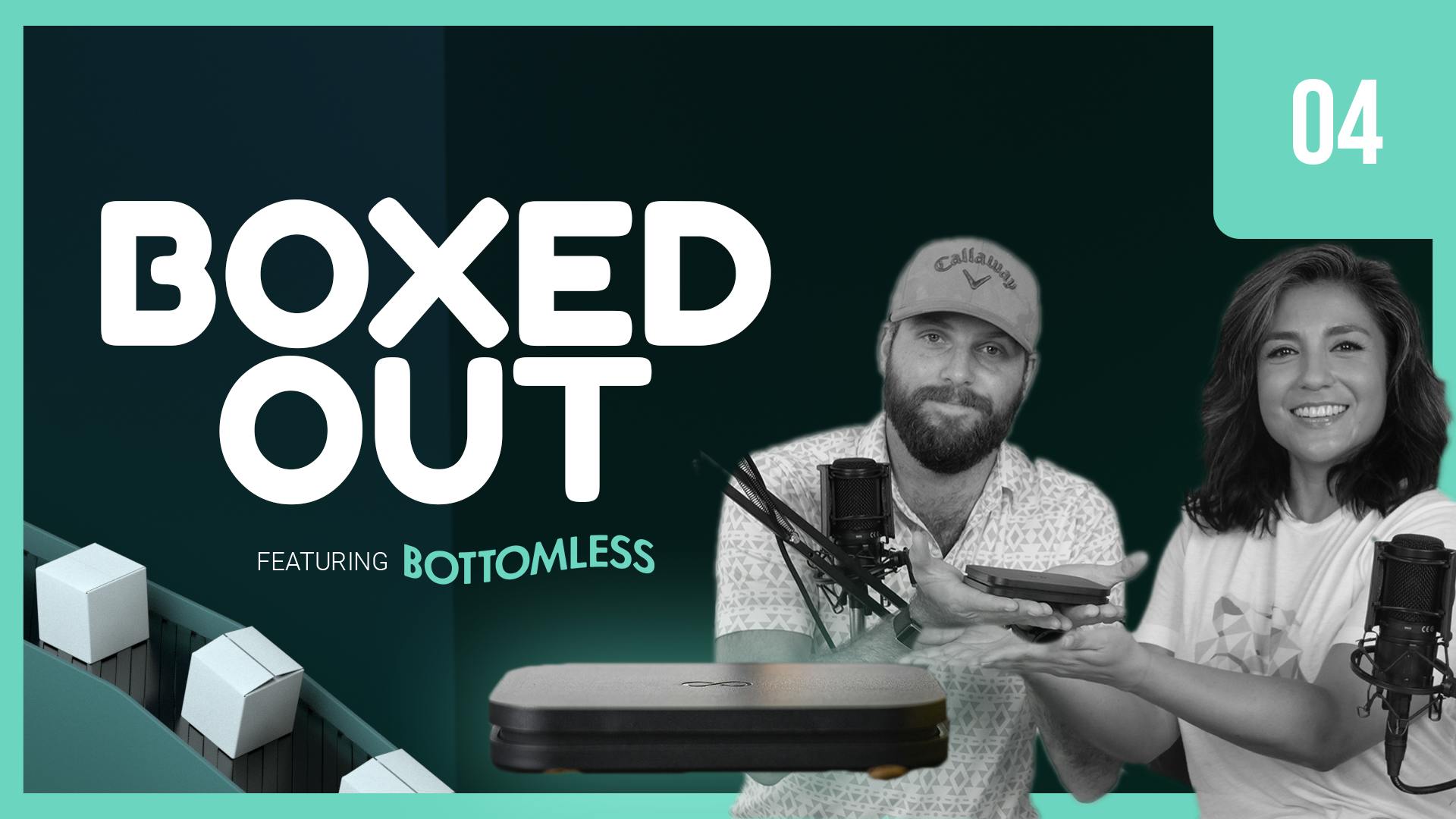
Can Grove Collaborative's retention clean house?
This episode might reference ProfitWell and ProfitWell Recur, which following the acquisition by Paddle is now Paddle Studios. Some information may be out of date.
Please message us at studios@paddle.com if you have any questions or comments!
Today, we're talking about Grove Collaborative, a company that's revolutionized the subscription household goods market. We're going to learn how Grove Collaborative is crushing it by focusing on sustainable, clean, and quality products. We're going to jump into what they're doing great—and not so great—with their subscription retention strategy, wrapping this all up into a nice case study for improvements for your own brand.
In just 10 years, Grove Collaborative has managed to successfully tap into a multi-billion dollar market with its commitment to quality and thorough understanding of what’s important to today’s consumer. Valued now in the billions, can Grove Collaborative’s retention hold up?
Key takeaways:
- Solve the “how much” problem
It’s a classic problem that impacts anyone shipping consumable products, especially with a subscription. When you have a commodity, knowing how to ship a product just in time for the customer to continue to get value will extend the lifetime value of customers. It’ll be different for every company, but think on how you can close that “how much” gap. QR codes are probably the easiest option for most brands.
- Customization increases retention
Customization—even something as simple as choosing the color of the product—can increase retention by 10%-15% based on a study we did on 5,000 subscription ecommerce companies.
Grove Collaborative goes a step further and pre-fills the first cart with what they think the customer will like and want. When you have so many products, you can save the customer dissonance by placing them right into a cart. A great tactic that forces the customer into customization, which breeds loss aversion and encourages order completion.
- Memberships boost AOV and LTV
In a study we did on just over 3,000 subscription ecommerce companies, we found that memberships that weren’t just “subscribe and save” actually boosted average order value and resulted in customers with nearly double the lifetime value as those who weren’t in the membership program.
When done well, memberships build community and trust, in turn, also increasing retention. Additionally, they bring in high margin recurring revenue and allow you to identify the more highly engaged customers to accelerate their purchasing.
Grove Collaborative
The demand for personal and household products continues to grow as consumers become more aware of the need for hygiene to curb infectious diseases. Recent research valued the personal care market at $134.26 billion in 2016. It’s expected to grow at 4.58% CAGR throughout the forecast period. Likewise, the global market size for household cleaning products was $221.32 billion in 2020 and is projected to grow to $320.82 billion by 2028.
The continued demand for personal care and household cleaning products explains why companies continue to move into this market. One of the leading market players in this industry is Grove Collaborative, an online operator offering natural and toxin-free beauty products, home cleaning, laundry, and pet products.
Grove Collaborative began as an idea between three friends: Stuart Landsberg, who is also the company's mastermind, Chris Clark, and Jordan Savage. They founded the company in 2012 as ePantry.
Having been an investor at TPG, Stuart noticed how brands struggled for space in physical stores and came up with the idea of an ecommerce store from which customers could buy their most preferred brands. ePantry changed to an exclusive online store in 2016 and rebranded to Grove Collaborative. With time, the founders agreed to shift their focus from offering brands to developing sustainable products. To date, Grove Collaborative owns five different brands.
Grove Collaborative's success
Two factors have contributed to Grove Collaborative’s success: its commitment to quality and thorough understanding of its consumers.
Grove Collaborative has tapped into consumers' increased preference for more sustainable products. And their products are real innovations manufactured with that in mind. Grove Collaborative not only develops quality products that are safe for your family, but they’re also doing something good for the world. By purchasing products, customers know they’re taking care of their families and having a positive impact on the environment.
Grove Collaborative provides environmentally friendly and health-conscious household products free of ammonia, BHA, formaldehyde, parabens, phthalates, oxybenzone, cyclomethicone, phosphates, and other harmful chemicals.
Their products range from household supplies such as cleaning products and accessories, laundry essentials, surface concentrates, pest control products, air fresheners, candles, and food storage products. Its personal care offerings include bath and body care products, vitamins and supplements, probiotics, first aid products, essential oils, and more. You can also shop popular brands, including Mrs. Meyer’s, Burt’s Bees, Seventh Generation, and Method.
Grove Collaborative also provides refills for most of its products. The process of placing orders or canceling them is rather simple. Once you place your first order, the platform automatically generates a future shipment schedule that you can cancel at any time. Customers also benefit from other perks such as free shipping once they sign up for a VIP membership.
Grove Collaborative has worked hard to make its natural, plant-based products available to everyone. And their goal is to become completely plastic-free by 2025.
Although the company is less than a decade old, it generated $104 million worth of revenue in 2018. In December 2021, the company agreed to go public through a merger backed by Richard Branson, in a deal valuing the combined entity at about $1.5 billion. And it doesn’t look like they’re slowing down.
Retention Review
Not everything's amazing about Grove Collaborative’s strategy—but there’s still a lot to learn from them. They do a great job at appealing to the niche part of the market and expanding that niche steadily. That being said, we need to remember: retention is key and an area where most brands mess up.
Why is retention important?
You spend half of your budget and time acquiring customers, but to be successful, you need to keep them. The beauty of the subscription model is that the relationship with the customer is baked directly into how you make money. If that customer is happy, they'll keep buying from you in the long term. If they're upset or not seeing the value, they'll cancel—quickly.
Plus, money talks here. Subscription ecommerce companies using the tactics we're going to talk about have 2x the customer lifetime value (LTV), 2x the average order value, and 3x higher growth rates, because they're not worried about plugging a leaky retention bucket.
To highlight the importance here, let's look through Grove Collaborative's retention strategy and break down what they're doing well, and not so well, so you can learn for your own DTC business.
Retention has three parts:
- Active churn, which are customers who are actively choosing to cancel your product.
- Expansion revenue, which are your existing customers that buy more product.
- Delinquent (or involuntary) churn, which are customers who's credit card or payment has failed, which sadly is one of the largest single buckets of where you're losing money.
Active Churn
When we look at Grove Collaborative's active churn, there are so many reasons why a customer may cancel—some you can control, others you can't. We want to make sure Grove Collaborative is not only setting up their customers for long-term retention in the initial purchasing process, but that they're also collecting information on why someone's cancelling, if they so happen to, in order to get a clean cycle of retention improvement.
Grove Collaboration actually did a pretty good job with its active cancellations. A tactic you don’t often see, but is actually super useful is that, rather than take me through a very lengthy, quiz-based onboarding, they pre-filled my first cart with what they think I’ll like and want. Sometimes, when you have so many products, you can save the customer dissonance by dumping them right into a $40 cart with free gifts and discounts. Now, I’m in a game of opting out versus a game of opting in.
The brilliance here is they force you into customization, which breeds loss aversion and encourages ordering completion. We actually see that the act of customization—even if it’s just choosing the color of the product—can increase retention by 10%-15% based on a study we did of 5,000 subscription ecommerce companies.
The big takeaway for your brand is to not turn your back on curating items for your customers. Grove probably knows these are the common items people want. Customers appreciate this, but also start to trust the brand more, which therein should boost retention.
Another really smart tactic Grove Collaborative utilizes is a membership program that’s actually full of value. Their VIP membership pops right up in the checkout flow with a VIP trial, offering free gifts, membership in an exclusive Facebook group, and a few other bonuses.
It’s really well done and reinforces value in a way that does wonders for retention. In a study we did on just over 3,000 subscription ecommerce companies, we found that memberships that weren’t just subscribe and save actually boosted average order value and resulted in customers with nearly double the lifetime value as those who weren’t in the membership program.
These programs build community and trust even if they don’t include something like a Facebook group. They also channel all of these types of purchases into the membership, kind of like how a Costco or Sam’s Club membership reinforces the purchase of common household products at their locations because customers already bought into the membership and brand. For your brand, consider adding a membership option on top of your other subscriptions. It’ll be high margin recurring revenue and allow you to identify your more highly engaged customers to accelerate their purchasing.
We’ve been giving Grove Collaborative too much love. Time for some criticism. Its offboarding needs some work. Right now when I go to cancel a regular subscription or a VIP membership, they don’t really do anything to try and save me. It’s a bit like walking through a wide open door.
You definitely don’t want to hold a customer hostage, but you do want some friction when they leave. A one- to two-question survey that leads to different offers based on the way customers answer will go a long way in reducing cancellations. In fact, we've found that those companies that properly offer salvage offers tend to save 15%-30% more customers. This is based on a study we completed on just over 1,000 DTC subscription companies. The big takeaway for your brand is to make sure you’re taking that cancellation flow seriously.
Expansion Revenue
Expansion revenue is crucial, because your existing customers are more than willing to buy 3x more from you—you just have to make sure to ask. Plus, those customers who have at least one add-on or additional purchase tend to have 18-54% higher lifetime value, meaning they're paying you more over the life of the subscription, but they're also sticking around longer, because they're more ingrained within your product.
Grove definitely has the champagne problem of a multitude of products. This is amazing for pushing different add-ons, especially when it does a really great job in coaxing me to look around the house with categories like pets, kitchen, and bathroom in mind. All of these options, mixed with gifts and volume discounts, definitely convinced me to buy more.
I really like how they use time and discounts here along with free gifts to basically get me to buy more and more. Sometimes these elements work much better than rewards points or cash because they keep me incentivized to buy more to make sure I get over the threshold for the next offer.
The big takeaway for your brand is pretty obvious—make sure you’re curating your products in a way that encourages people to add more and more. The curation for rooms of the house was super clever on Grove’s part as were the incentives to add more and more to your cart.
You need to be careful about going overboard though, and the one big critique I have with expansion revenue is that Grove goes overboard with its email offers. Sometimes it’s really hard to set up flows based on behavior when you have so many options and offerings like Grove does. You end up sending emails that basically take over the entire inbox to the point we had to filter them out. We still have some that sneak through.
Grove should dial it back a little bit and just make sure its email campaigns are more targeted. The big takeaway for your brand is to actually buy from your site and subscribe through your forms to see how the average user receives emails from you. I guarantee you’ll find a good number of problems.
Credit Card Failures
Now let's talk about the sexiest topic in the world—credit card failures. We know you don't wake up sweating in the middle of the night thinking about credit cards—that's our job—but here's why we obsess over things like this: just under 40% of the customers that leave you are leaving you because of failed payments. To get these folks back, we want to make sure Grove Collaborative is treating these folks like a marketing channel, sending them messages before the point of failures, all the way to after the point of failure through email and text messages.
This is where Grove Collaborative needs the most improvement. One clever thing they did here that you don’t see that often is that they don’t let you sign up with prepaid debit cards. They’re definitely sacrificing customers here, but they’re also ensuring they don’t get as many failures since these cards fail at a much higher rate.
One thing to keep in mind though is that I think the only reason to implement this is if you have a lot of fraud coming through your credit card forms. Theoretically, this shouldn’t impact Grove Collaborative’s sending of products because they won’t send something until it’s paid for, so I’d only do this if it was becoming almost like an attack on the system.
You normally don’t see this until a brand is so large they’re a giant target for fraud, so for most of you watching, we would not do this as a viable credit card failure reduction strategy because your dunning game should be tight.
Speaking of email strategy, Grove really needs to update its game here. For a brand as big as Grove Collaborative, it should be focusing more on payment failure emails. The email copy itself was okay, but they would benefit a lot more from being plain text and coming from a person. It needs four to five of these plain-text emails that go out in a drip after it realizes the card declined. It needs SMS messages. It needs to recognize and message expired credit cards. Finally, it needs to allow users to update payment information without logging in.
Overall:
Overall, Grove Collaborative is probably about average to what we see from other subscription ecommerce brands. There are some highlights there, but also some lowlights. If they want to take on this multibillion dollar industry and win though, there are some key changes that need to be made.
Retention Revamp
Let's revamp. First though, why do we feel we have any authority to even talk about this? Roughly 20% of the entire subscription market is using ProfitWell, so we're sitting on more data than anyone else. Simply put, we have the data to know what works and what doesn't, and we care more about this problem than anyone else out there.
Let's walk through an idea we have and some of the things we'd change immediately about Grove Collaborative's retention strategy, so we can all learn for our own brands.
Idea:
Solve the "how much" problem
I’ve got a bit of an out-there idea. I think Grove Collaborative should lean into solving the “how much” problem, meaning find a new way to augment when to send products and how much to send. It’s a classic problem that impacts anyone shipping consumable products, especially with a subscription. To solve this, I think Grove should take a hint from our friends at Bottomless Coffee and add a scale that a customer can place their products on that automatically triggers a shipment when the weight goes down. They could even use Amazon Dash buttons or QR codes on the products that scream “scan me when you’re out.”
This is a bit out there and has some barriers obviously, but I’m sure Grove is getting cancellations because people have too much or not enough products. When you have a commodity, knowing how to ship a product just in time for the customer to continue to get value will extend the lifetime value of customers. This Goldilocks period is so hard to hit right that it’s useful to figure out how to remove the problem with some input.
I get Grove isn’t likely to do this anytime soon, but it’s something that more subscription ecommerce brands should think about as the internet of things makes it easier and cheaper to create bottles that know when they’re empty or, at the very least, a scale that can sense when it’s light enough for a new shipment. The big takeaway for you is to just think on how you can close the “how much” gap. QR codes are probably the easiest option.
Changes:
Cancellation flow needs to be optimized
A big piece we’d change is that cancellation flow. Right now, Grove is just letting you walk away when you go to cancel, and I have a feeling it’s because they just haven’t put effort here. They’re definitely losing a lot of revenue because of it. To be upfront, it does offer up a pause plan, but there’s no salvage offers or other mediums to keep you around.
Not all customers who cancel are lost. Sometimes it’s timing or a vacation or a whole list of things that have nothing to do with you. Instead, offer up a smooth offboarding with a one- to two-question survey on why they’re leaving that leads to a salvage offer or pause plan. It’s not a ton of friction, but it’ll reduce some churn and not hurt the long term possibility of customer reactivation.
We’ve found that companies that properly offer salvage offers and a clear offboarding experience tend to save 15-30% of cancellations.This based on a study we completed looking at just over one thousand subscription ecommerce companies.
Add a donation option
Another idea that I think they should think about a lot is adding some sort of subscription donation option. They pride themselves on clean and healthy products, so why not attach themselves to a similar cause?
This isn’t just good for helping the world. It’s great for business. We continually find that customers with a subscription donation bundled with their purchased products have 10-20% higher retention. This is based on a study we completed on just over 30,000 DTC subscription customers. Even if it's nominal, people feel more invested in the subscription and want to make sure they're still helping the world. It's a great tactic that's also great for the world. It’s something that every brand should think of doing because it’s so easy to add and ultimately has great compounding on multiple fronts.
Who's up next?
Next week, we're talking about our furry friends with BarBox. BarkBox has become incredibly popular recently by bringing a personal and customizable box of toys, treats, and all sorts of goodies for your dog right to your door, and next week, we’re going to see if their retention is as good as their product.
